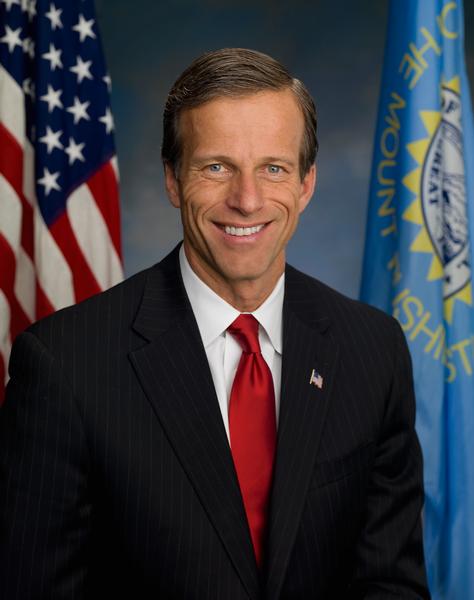
South Dakota’s Pheasant Hunting Tradition
By Sen. John Thune
A crisp, cool morning. The sight of blaze orange all around. Shouts of “rooster!” followed by the crack of a shotgun. It can only mean one thing: It’s pheasant season in South Dakota.
Ring-necked pheasants were introduced in South Dakota over 100 years ago. Not long after they were introduced, our state’s hunting tradition began, and as South Dakota’s pheasant population grew, so did the number of hunters who flocked to the prairies each year. Today the pheasant opener is all but an official holiday, and it’s a key part of our state’s heritage, our communities’ character, and many South Dakota families’ traditions.
Like a lot of South Dakotans, I can’t remember a time when I didn’t look forward to the start of pheasant season. My dad, Harold, taught my brothers and me how to bag a rooster when we were growing up. Dad was never one to miss a hunting season, even into his late 90s. I shared pheasant hunting with my daughters and, later, their husbands, and I’m looking forward to my grandchildren joining us in the field when they’re old enough.
For me, spending time in South Dakota’s great outdoors with family and friends is a large part of why I look forward to pheasant season each year. Of course, like most sportsmen, I also look forward to the challenge of the hunt itself. While the goal is to limit out, pheasant season’s benefits also go beyond just satisfied hunters, of which there are plenty. Last year, 127,000 hunters bagged 1.15 million pheasants. A majority of hunters come from outside of South Dakota, drawn in by our state’s reputation as the Pheasant Capital of the World. The activity around the annual hunt contributes hundreds of millions of dollars to our state’s economy, too, as hunters from near and far support local businesses.
South Dakota’s famed pheasant hunting is thanks, in no small part, to land conservation efforts that support quality habitat for ringnecks. The pheasant population each fall depends on the spring nesting season and the ability of pheasants to hide their nests and protect their young. The Conservation Reserve Program, which supports farmers who take environmentally sensitive land out of production, plays an important role in establishing and maintaining pheasant habitat. The program has become the cornerstone of federal conservation programs and is a major reason for South Dakota’s renowned pheasant population. In the Senate, I’m continuing to work to support and strengthen this program in the next farm bill for South Dakota’s farmers and ranchers and to ensure future pheasant seasons are as good as seasons past.
There’s so much to look forward to when the third Saturday in October rolls around each year. Family and friends coming together in the great outdoors. The next generation of hunters sharing in the challenge of hunting. And at the end of the day, enjoying a big meal, which hopefully includes some fresh pheasant. I wish all the hunters across South Dakota a safe and successful hunting season.
###
